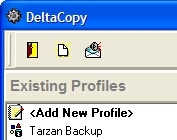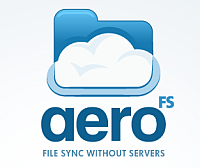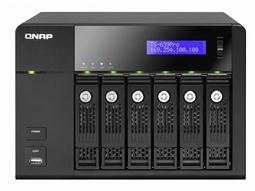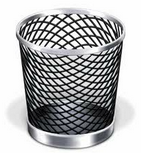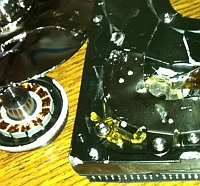You want to install Zima OS, but want to try it in a virtual machine first. More specifically, in a Vmware Workstation virtual machine. I looked for more out there, and couldn’t find much in a Google search – I think some of that has to do with prior versions of ZimaOS (at least 1.0) […]
The one thing a product that stores data should never do is destroy it. Sure, there may be other smaller issues, but I was surprised to learn that a Leef iBridge 64GB device I tested actively destroyed data while in use. Here’s what it does and how to get around it.
DeltaCopy has a number of issues that revolve around its use of Cgywin (problems with Windows hard links, file name references, long file names). Updating the core components used by DeltaCopy can fix some of these problems. Here’s how to do that.
The biggest difference is it’s ability to sync files in a local peer-to-peer fashion, ruling out the need for cloud help or even an Internet connection. Secondly, file sharing is quite different from what you’d expect in an application like this. The limitations of Cloud-based storage tool have always been sizing the cloud storage, but what if the storage you provide is your own? Let’s take a closer look at AeroFS.
When presented with catastrophic data loss on a customer’s QNAP NAS device (that had no second copy), I had to work fast and try to recover as much data as possible. My attempt at a restore started from a post in QNAP’s forum and expanded into the steps you see here.
Drive Space. On a computer’s boot drive this is often in short supply. Even moire so these days with small Solid State (SSD) options and RAID partitioning of a large data set. Leaving too little room for the boot drive is a common mistake. So, while you’re looking at that boot drive, you notice that […]
The storage space comprised of NAS (Network Attached Storage) devices is an interesting one. It appears to be growing in multiple ways – companies are downsizing away from the server they didn’t need, gamers are looking for that home data store, and businesses are increasingly using them for backup applications. I’ve seen great many of these devices, and today I was able to look at the Drobo FS, a five drive NAS device with one and two drive failover capabilities aimed at users and small businesses.
Some people think Microsoft releases so many products that when the information about them is needed, it’s impossible to find it. I tend to agree with that assessment, and finding information about the server product named Windows Storage Server 2008 R2 is a perfect example of this problem Microsoft has with releasing so many product versions and communicating little about them. So, let’s take a look at this and see what’s out there.
What transpired is a lesson in destruction of a poor IDE drive, or sheer stupidity. So, join me as a take a drive from a (somewhat working state) to an all but certainly unusable state. Please also note, this is not something you should do unless you’re sure it’s okay to possibly destroy data and you wear protective glasses and/or gear. I didn’t wear any protective gear in this video, and it was dumb. Don’t be a dummy like me.
Tapes. I’ve heard many say they aren’t dead. I say, if they aren’t dead, they’re probably zombies. A technology of an era when tapes represented a cheap medium of storage. Today, the best, fastest and cheapest way of backing up involve using inexpensive hard drives. Say, a NAS (Network Attached Storage) device connected to a […]




